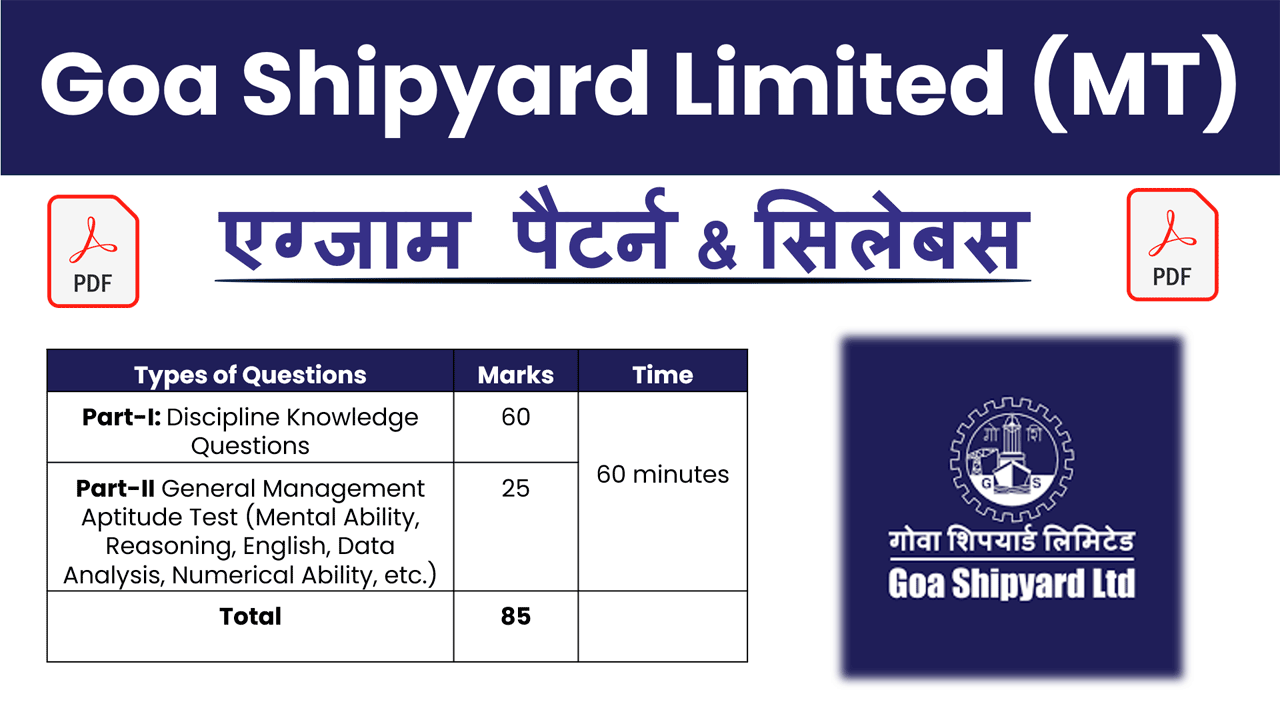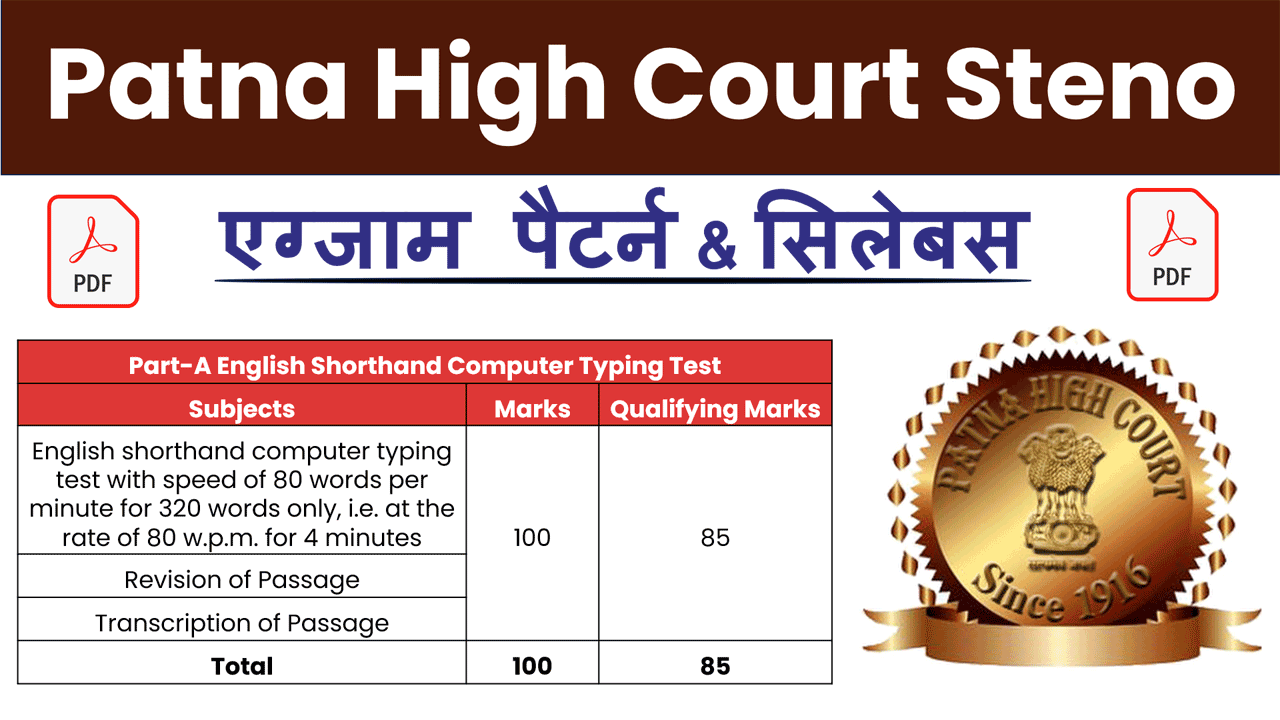Mastering Ratio and Proportion: A Comprehensive Guide for Competitive Exams: Ratio and proportion are fundamental mathematical concepts that play a crucial role in competitive exams. Whether you’re preparing for entrance tests, government job exams, or any competitive assessment, a solid understanding of ratio and proportion is essential for success. This guide provides a thorough exploration of these concepts, equipping you with the knowledge and skills needed to excel in this critical topic.
| Chapters | Download Links |
| Average📙 | Download 🔗 |
| Compound Interest📙 | Download 🔗 |
| Circle📙 | Download 🔗 |
| Cube & Cube Root📙 | Download 🔗 |
| Cuboid📙 | Download 🔗 |
| Cylinder📙 | Download 🔗 |
| Heights & Distance📙 | Download 🔗 |
| LCM & HCF📙 | Download 🔗 |
| Mixture and Allegation📙 | Download 🔗 |
| Partnership📙 | Download 🔗 |
| Percentage📙 | Download 🔗 |
| Profit, Loss & Discount📙 | Download 🔗 |
| Quadrilateral📙 | Download 🔗 |
| Ratio & Proportion📙 | Download 🔗 |
| Simple Interest📙 | Download 🔗 |
| Simplification📙 | Download 🔗 |
| Speed, Time & Distance📙 | Download 🔗 |
| Sphere📙 | Download 🔗 |
| Square & Square Root📙 | Download 🔗 |
| Time and Work📙 | Download 🔗 |
| Trigonometry📙 | Download 🔗 |
Understanding Ratio and Proportion
Ratio: A ratio is a comparison of two quantities by division. It expresses how many times one quantity is contained within another. For example, if there are 3 red balls and 5 blue balls, the ratio of red to blue balls is 3:5.
Proportion: Proportion refers to the equality of two ratios. If two ratios are equal, they form a proportion. For instance, if 3/5 = 6/10, then these ratios are in proportion.
Importance of Ratio and Proportion in Competitive Exams
- Quantitative Aptitude: Questions on ratio and proportion frequently appear in the quantitative aptitude sections of competitive exams. These questions assess your ability to solve problems involving proportional relationships and comparisons.
- Problem Solving: Understanding ratio and proportion is crucial for solving various types of mathematical problems, including those related to mixtures, partnerships, time and work, and scaling.
- Real-life Applications: Ratio and proportion concepts are applicable in everyday scenarios such as recipe calculations, financial ratios, and scaling models, making them relevant across multiple fields.
Types of Ratio and Proportion Problems
- Direct Proportion: Problems where two quantities change in the same direction, such as speed and time or distance and time.
- Inverse Proportion: Problems where one quantity increases while the other decreases, such as time and work problems or rates of completing a task.
- Mixtures and Alligations: Problems involving mixing ingredients or solutions of different concentrations.
Tips for Mastering Ratio and Proportion
- Understand Basic Concepts: Ensure you grasp the definitions of ratio, proportion, and their properties. Practice converting ratios to fractions and understanding their implications.
- Solve Practice Problems: Regularly practice solving a variety of ratio and proportion problems from previous years’ papers, mock tests, and textbooks to strengthen your problem-solving skills.
- Apply to Real-life Scenarios: Relate ratio and proportion concepts to practical situations to enhance your understanding of their applications.
Conclusion
In conclusion, mastering ratio and proportion is not just about solving numerical problems; it’s about developing logical reasoning and quantitative analysis skills. By familiarizing yourself with different types of ratio and proportion problems and practicing consistently, you can approach competitive exams with confidence. Remember, a solid foundation in ratio and proportion is essential for success in both exams and real-world applications.











